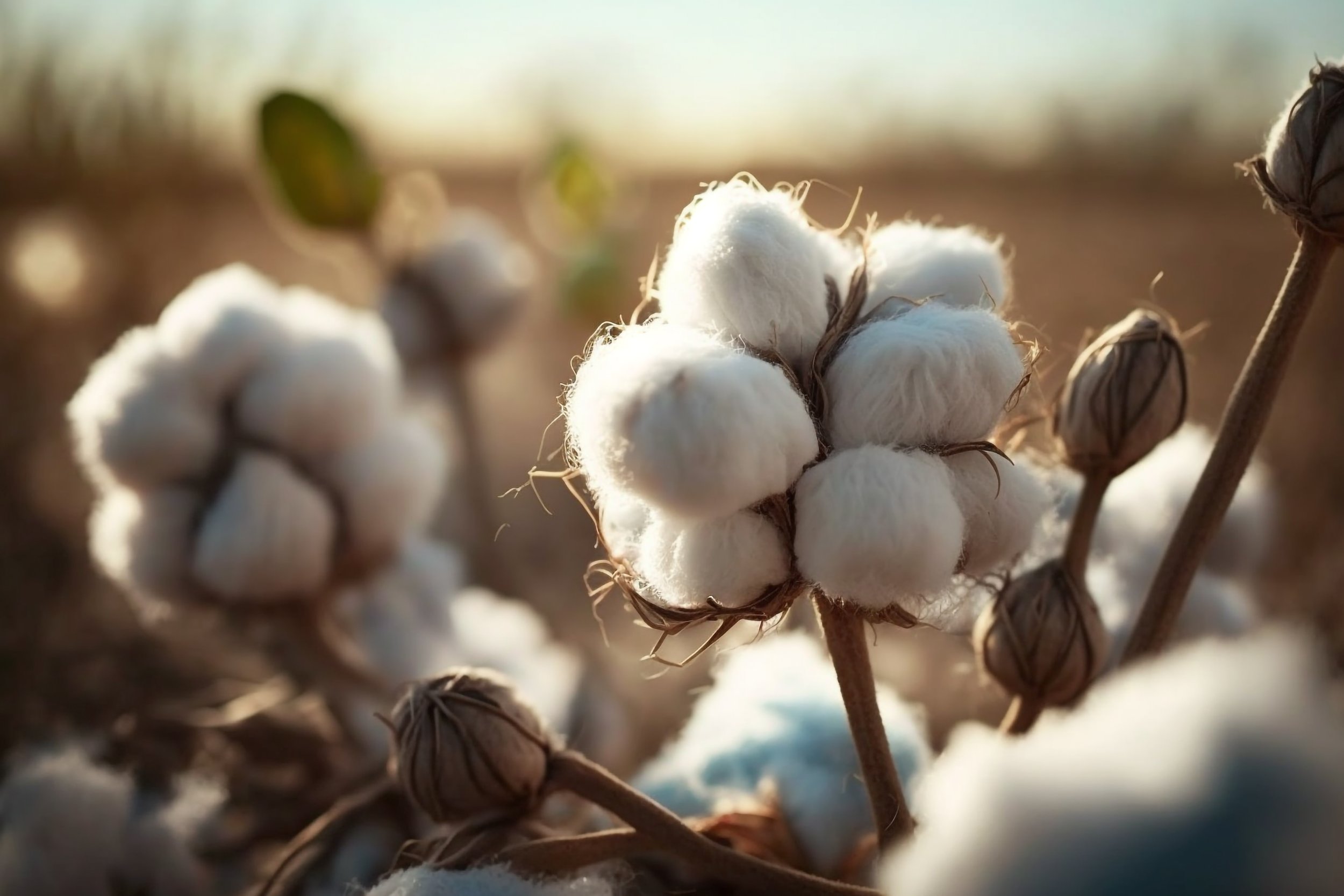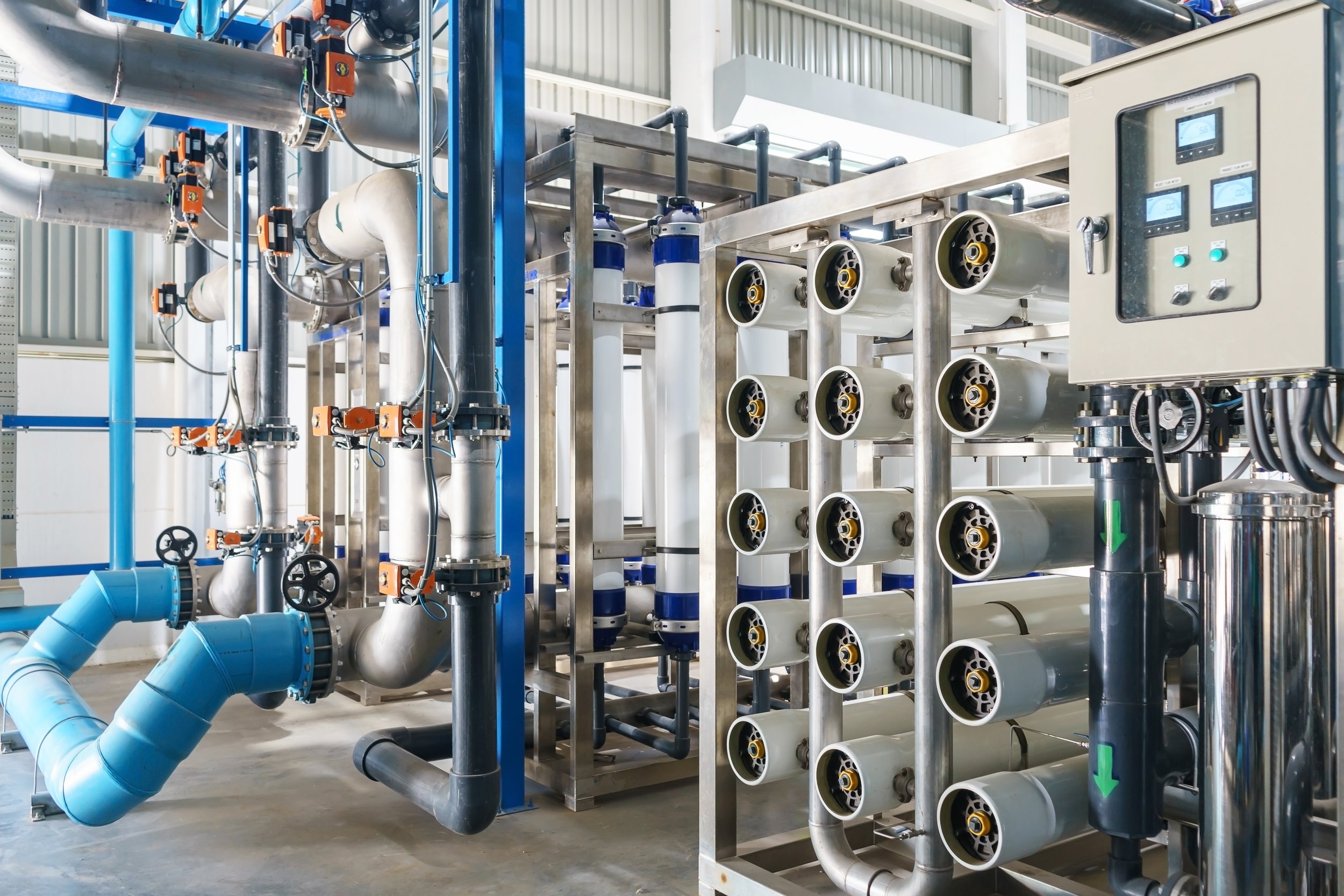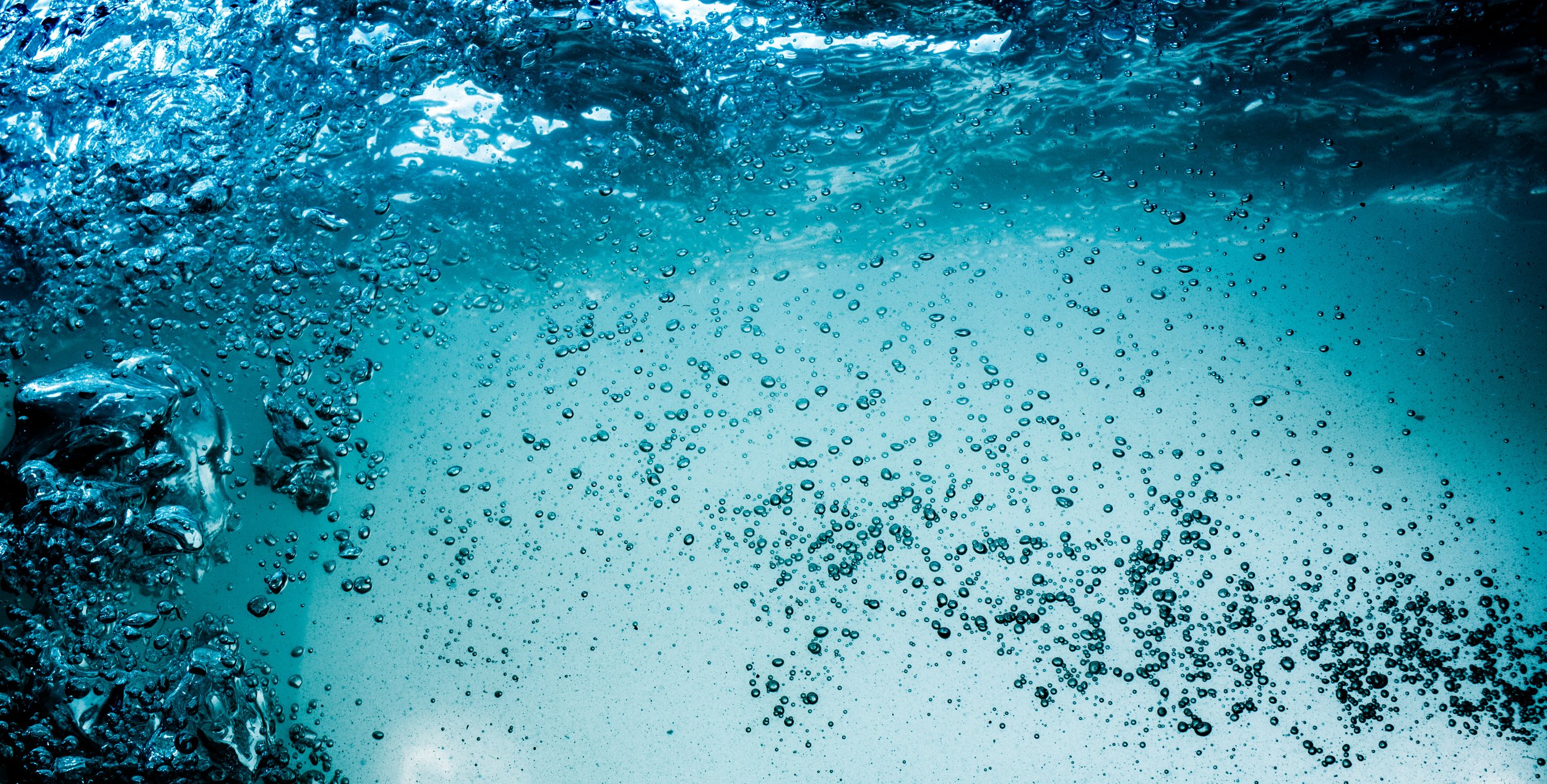
Blog

Increasing Irrigation Efficiency Through Science and Technology • Part 1/5
Agricultural irrigation accounts for 42% of global freshwater use, and growing populations, along with worsening droughts, are pushing water supplies to the brink. With every drop of water becoming more precious, farmers around the world are facing an urgent question: how can we produce more food using less water? Although this is not a new question, it is one with an evolving answer that demands continuous investigation. For example, flood irrigation was considered the most effective method available for thousands of years. Today, we recognize its drawbacks—such as significant water loss through evaporation—and have since developed more efficient solutions. One such advancement is subsurface drip irrigation, which eliminates the issue of evaporation by delivering water beneath the soil’s protection. What breakthroughs lie ahead that could reshape the troubling reality of water loss in crop irrigation? Our mission is clear: we must continually seek new and improved methods to irrigate effectively.

The Value of Produced Water for Agriculture: A Cost-Benefit Analysis

Desalination and Produced Water: Navigating the Depths of Resource Management
Desalination is the process of removing salt and impurities from water. The practice has emerged as a crucial solution in addressing water scarcity. We will explore desalination’s profound connection to produced water, exploring the challenges, innovative approaches, and the potential impact on our freshwater resources.

Produced Water: A Complex Resource
Produced water, a byproduct of oil and gas extraction, is a complex yet significant resource that demands our attention. This page aims to unravel the intricacies of produced water, exploring its characteristics, challenges, and the innovative approaches being taken to manage and utilize this unique substance.
